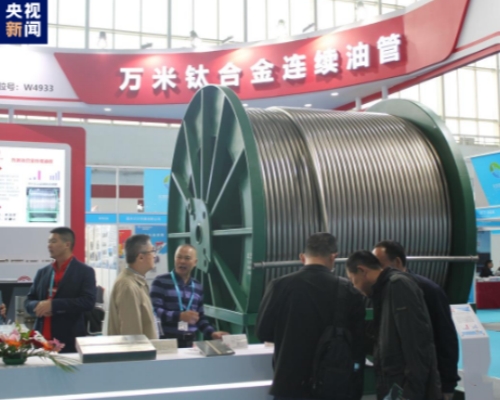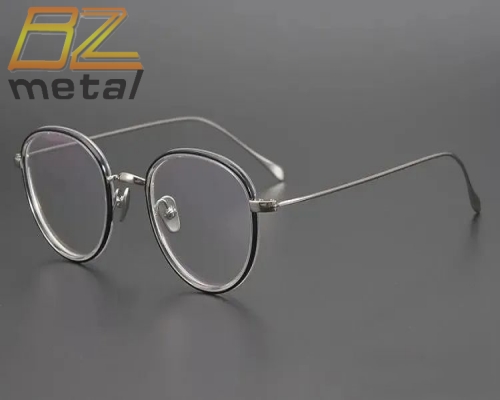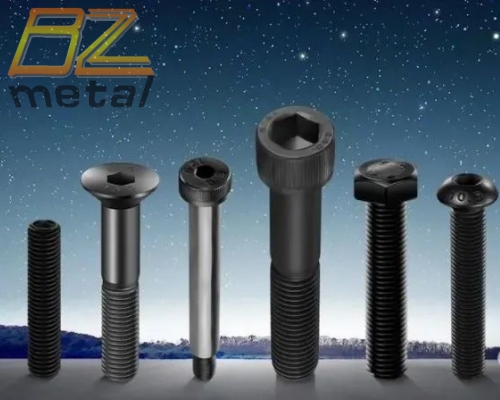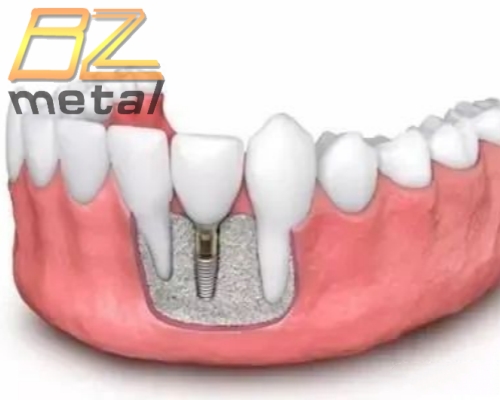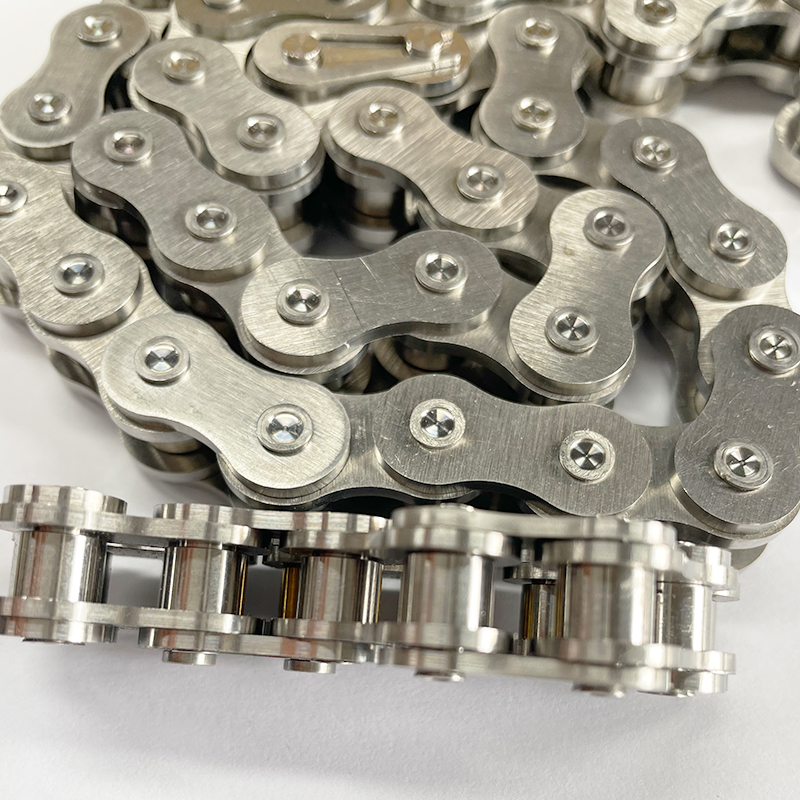The First Vacuum Electron Beam Smelting Furnace of Baoti Group Equipment Technology Co., Ltd. Has Re
The First Vacuum Electron Beam Smelting Furnace of Baoti Group Equipment Technology Co., Ltd. Released.
On September 6, at a user's production site in Taizhou, Jiangsu Province, the first ingot of the first vacuum electron beam melting furnace (EB furnace) independently developed by Baotai Group Equipment Technology Company was released, marking that the equipment technology company has taken a new step in the level and ability of equipment design and manufacturing.
In the technology of digestion and absorption of imported equipment, Baoti Group Equipment Technology Company boldly and independently innovated, and developed the largest ingot-type vacuum electron beam melting furnace (EB furnace) in China. The equipment is about 43 meters long, about 24 meters wide, the total power is about 3520KW, the total power of the electron beam is about 3150KW(cold gun single gun 450KW), the max single ingot cross-section size is 1560 × 240mm, the weight is about 13 tons, and the annual production capacity is about 2000 tons. The equipment broke the foreign technology blockade and realized the national production of all components of the product. The core component electronic gun (cold gun) has made breakthroughs in the development, its performance and life span exceed foreign imported electronic guns, and its technical capabilities have reached the international leading level.

In order to guarantee the smooth operation of the equipment, before the installation of the equipment, the leading team of Baoti Group Equipment Technology Company led the mechanical design department, the automation department, the production and operation department, and the manufacturing workshop to carry out solid and detailed pre-preparation work. They have held project special meetings many times to solve difficult problems in the installation process in advance, refine the work tasks, and take responsibility for people. During the installation and commissioning process, they often conduct technical exchanges based on on-site feedback problems to assist in solving various unexpected situations, effectively ensuring the installation and commissioning progress of the equipment. The on-site staff took the initiative to give up holidays and rest, and devoted themselves to construction and installation. After the equipment entered the test run stage, the entire team tried and tried again and again around the clock to analyze the reasons and solve the problems. In the end, it lasted 5 months, and the installation and commissioning of the equipment was successfully completed and the first titanium ingot was successfully produced.

